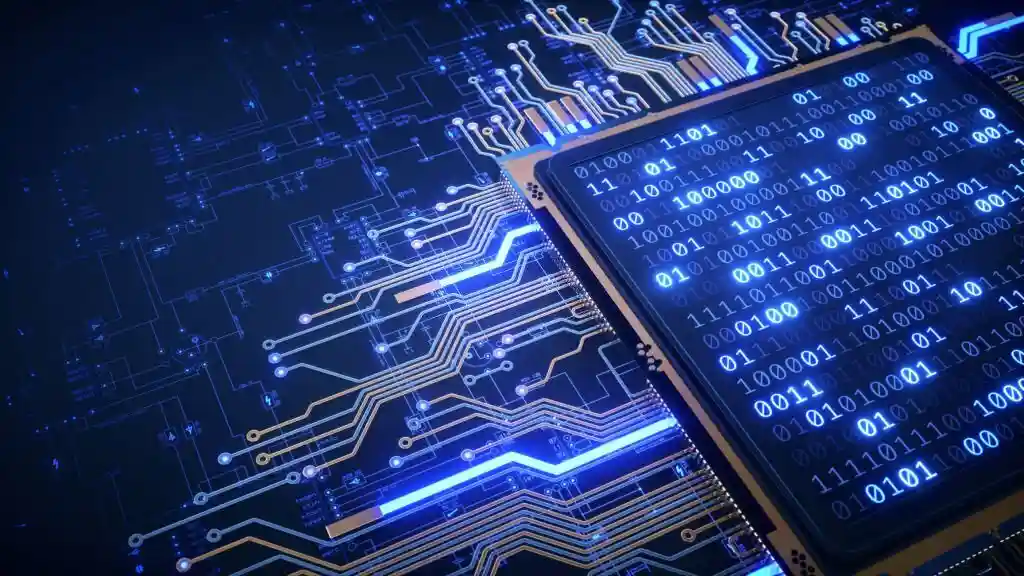Digital electronic circuits are the building blocks of digital systems, handling discrete signals represented by binary digits (0s and 1s). These circuits process and manipulate digital signals using logic gates, flip-flops, registers, and other components. Here’s an overview:
- Logic Gates: They perform logical operations (AND, OR, NOT, etc.) on binary inputs to produce a binary output based on specific truth tables.
- Flip-Flops and Latches: These are memory elements used to store binary data in sequential logic circuits. They retain their output state until a clock signal triggers a change.
- Registers: These are collections of flip-flops used to store multiple bits of data. They are commonly used for temporary storage or to hold data during processing.
- Counters and Shift Registers: Counters are circuits that generate a sequence of binary numbers, while shift registers shift data in or out serially.
- Multiplexers and Demultiplexers: Multiplexers select one of many input lines and forward it to a single output line based on control signals. Demultiplexers perform the reverse operation.
- Arithmetic Circuits: These circuits perform arithmetic operations such as addition, subtraction, multiplication, and division using binary representations of numbers.
- Memory Units: These circuits store data for longer durations and include RAM (Random Access Memory) and ROM (Read-Only Memory).
- Digital-to-Analog and Analog-to-Digital Converters: These circuits convert digital signals to analog (DAC) or analog signals to digital (ADC), allowing communication between digital systems and the analog world.
Digital circuits form the backbone of modern electronics, including computers, smartphones, digital cameras, and countless other devices. Advancements in digital circuit design have led to faster processing speeds, increased storage capacities, and more efficient computing systems. Integrated circuits (ICs) and microprocessors combine various digital circuits into compact and powerful units, enabling sophisticated functionalities in modern technology.
